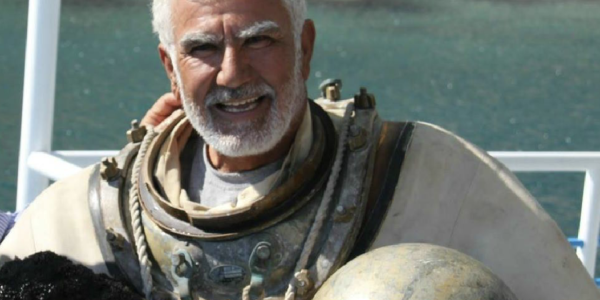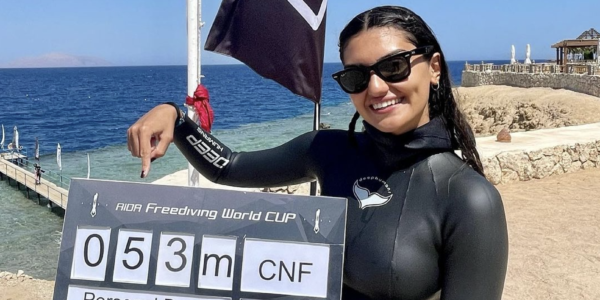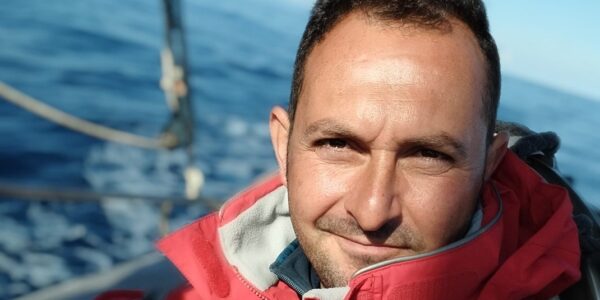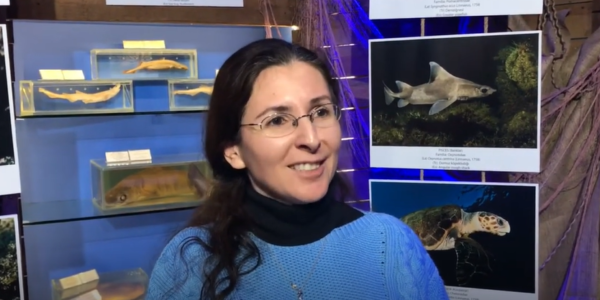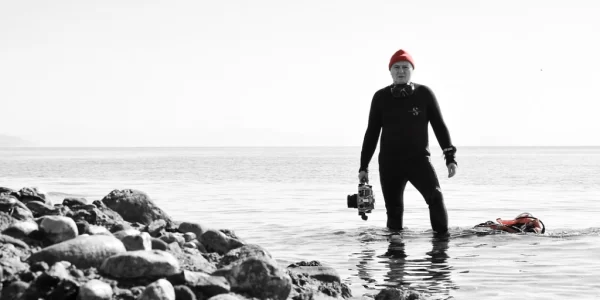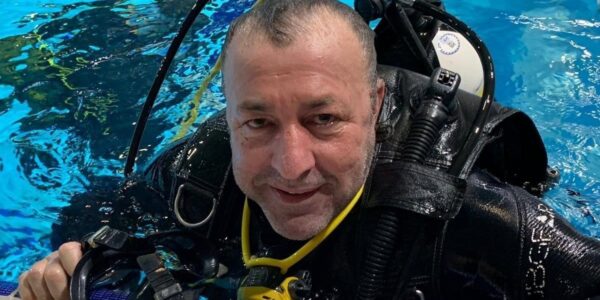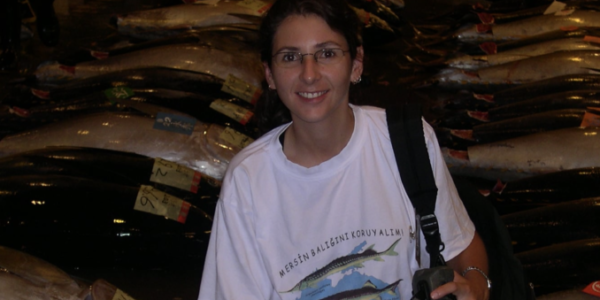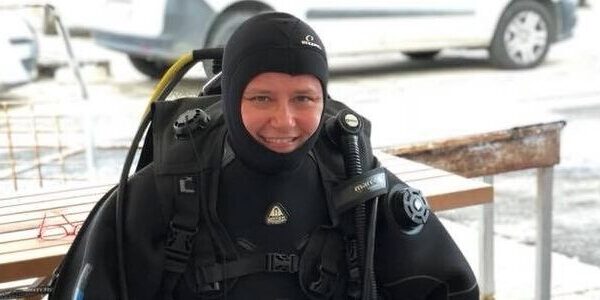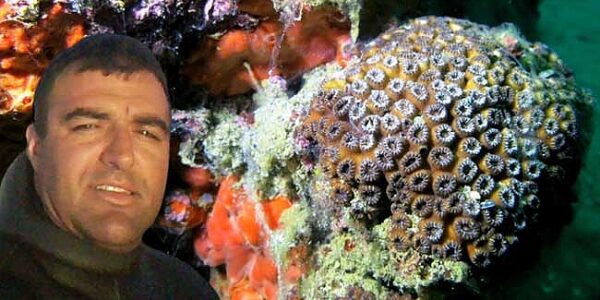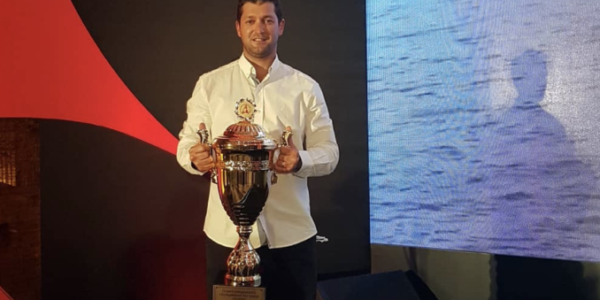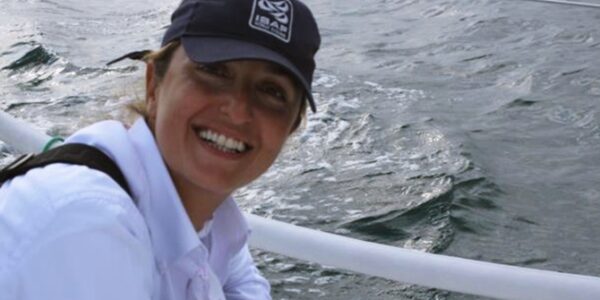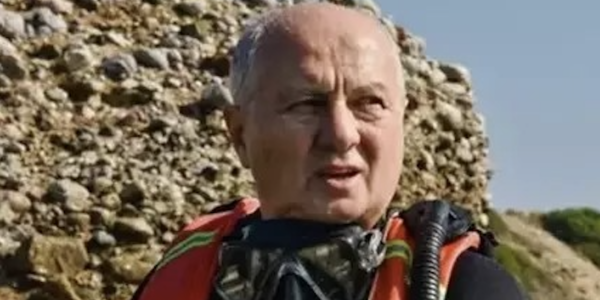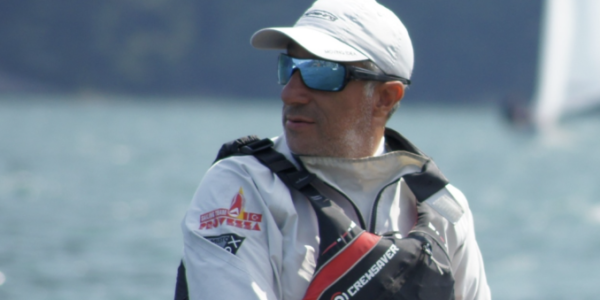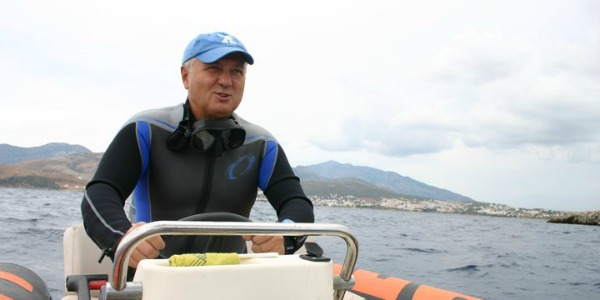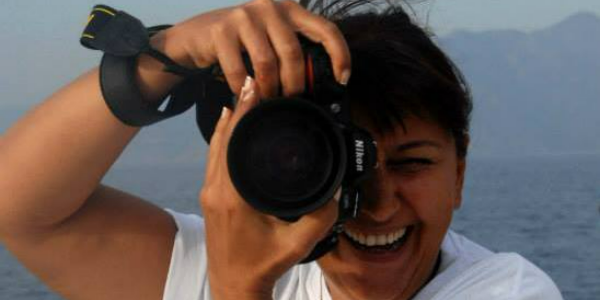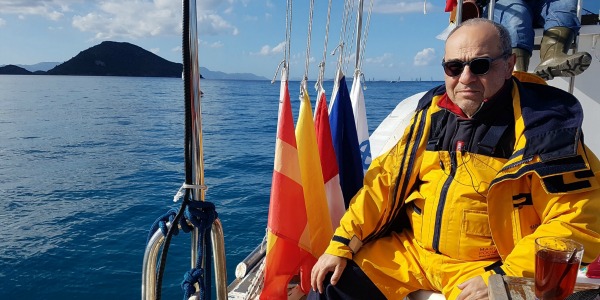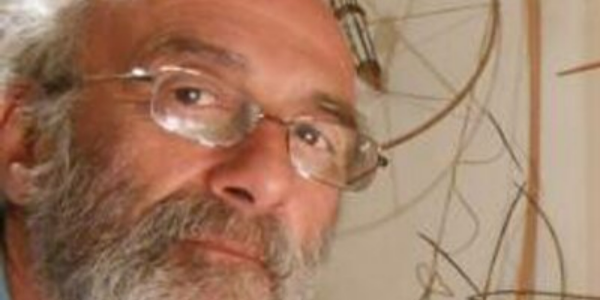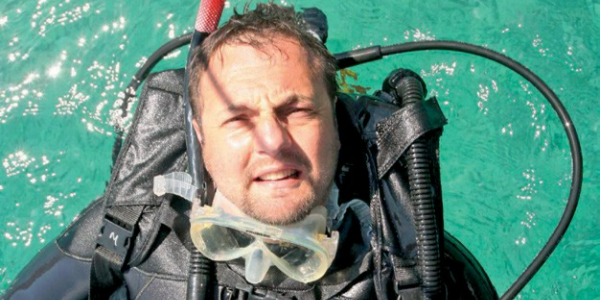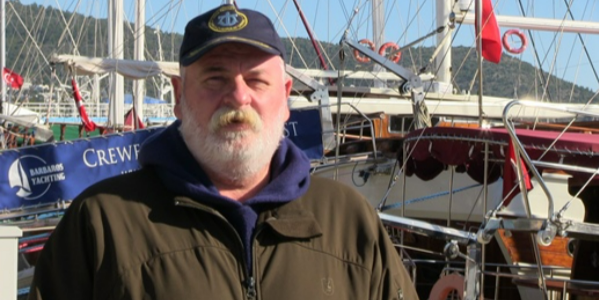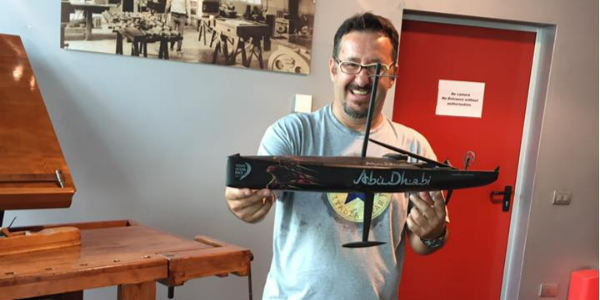
The American Museum of Natural History is two years into a three-year project to create “in-depth descriptions” for its expedition archives. And they’re documenting it online. It’s called the “Hidden Collections.”
Top image: “Hall of Ocean Life, showing assembling whale skeletons“, December 1925. AMNH neg.311245
According to the website, the goal of the project is:
The aim of the new three year project is to make it easier for researchers to find materials related to Museum expeditions, including the objects and specimens in the collections alongside the supporting archival documentation. We hope to accomplish this by integrating and linking name authorities for personal and expedition names across the institution. This integration will form the basis of a cyberinfrastructure to manage the ongoing data and their digital surrogates as the information grows and changes over time.
Which is great for researchers, but for the the casually curious, the blog’s short synopses and biographies of the expedition members are a treasure trove of interesting information. The most recent entry on Henry Cushier Raven, an Associate Curator of Comparative and Human Anatomy at the Museum, explains the dissection of a baby sperm whale found in New York:
In 1928, a two-ton baby sperm whale (Physeter catodon) found its way into the Gowanus area of Brooklyn, NY. Although strange animal guests like this have entered the Gowanus canal several times since then, this initial event caused a bit of fervor with both the locals and the reporting media. Even the New York Times had a bit of fun: “Two-Ton Whale Seized In Gowanus Canal; Puts Up Terrific Fight; Museum Will Get It (March 14, 1928).”
Raven knew immediately that the whale would make a perfect specimen for muscle anatomy study. George G. Goodwin, Associate Curator of Mammalogy jumped into action quickly, securing a suitable flat-bed transport, some capable hands, and fifty dollars to pay for the catch. Once the whale was safe within the museum walls, Raven sacrificed all of his embalming fluid reserves for a few precious days of dissection in one of the only places in the museum large (and empty) enough, the Hall of Ocean Life.
And so Raven began, inspecting, discovering, and recording all that he saw. He was so enraptured by the beast’s anatomical structure that his dissection took several, more pungent days than expected. So many sour-smelling Spring days, in fact, that it created some very languid coworkers and one angry Museum Director George H. Sherwood.
Raven and museum associate William K. Gregory were dissatisfied with past research on spermaceti organs and nasal passages: “[These other scientists] have left us with a bewildering mass of details with but passing clues as to the function, origin or evolution of the several parts” and used the Gowanus whale to right past wrongs. Together they wrote “The spermaceti organ and nasal passages of the sperm whale (Physeter catodon) and other odontocetes.”
There are entries on Roy Chapman Andrews and his search for the blue tiger, new information on the participants of the Whitney South Sea Expedition, and drawings of an exhibition that never was.
It’s a great place to get lost for hours in information about science, scientists, and the history of a museum. Plus, you know, stories of bad smells and angry museum directors. Check it out here.
h/t Becky Hersch
